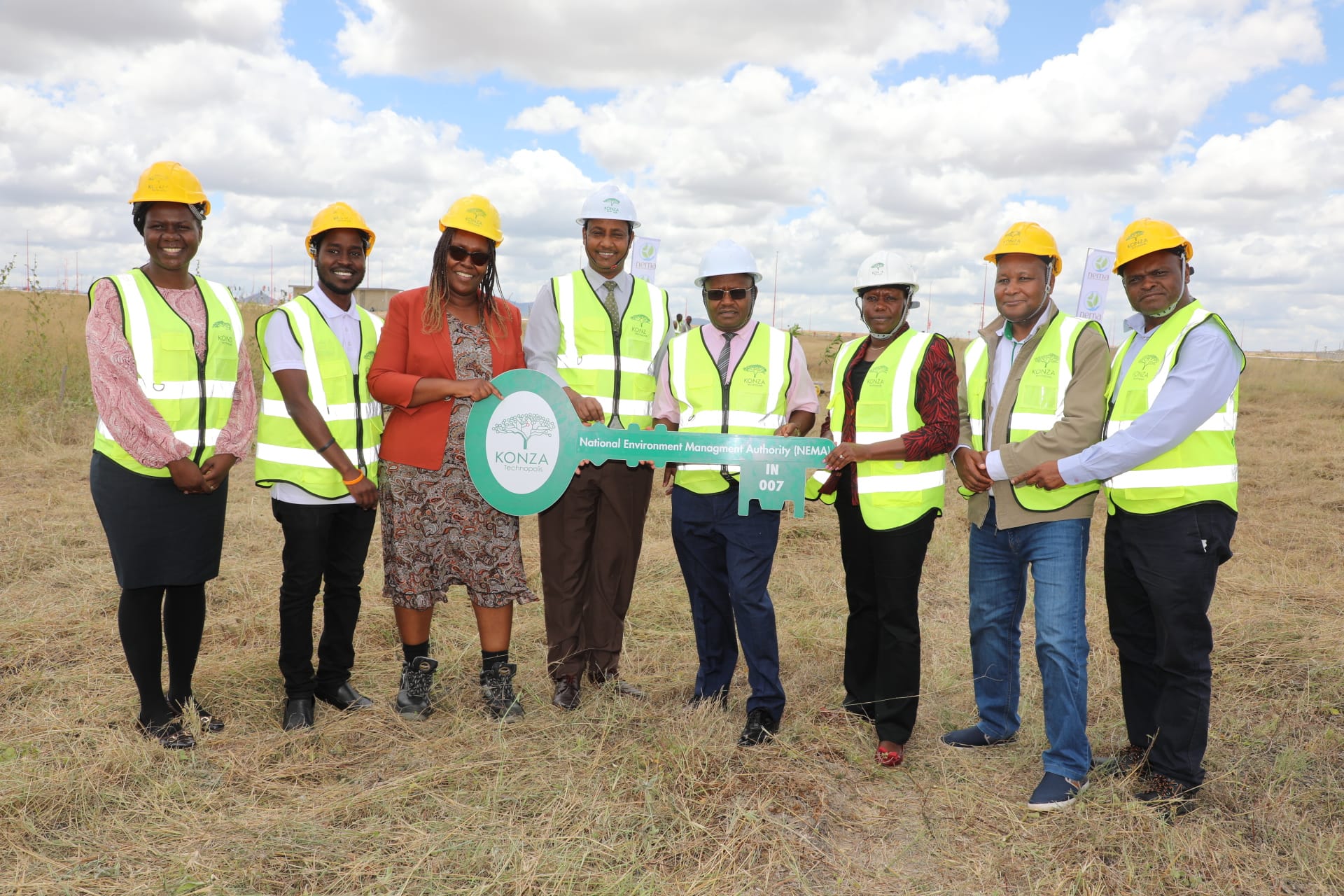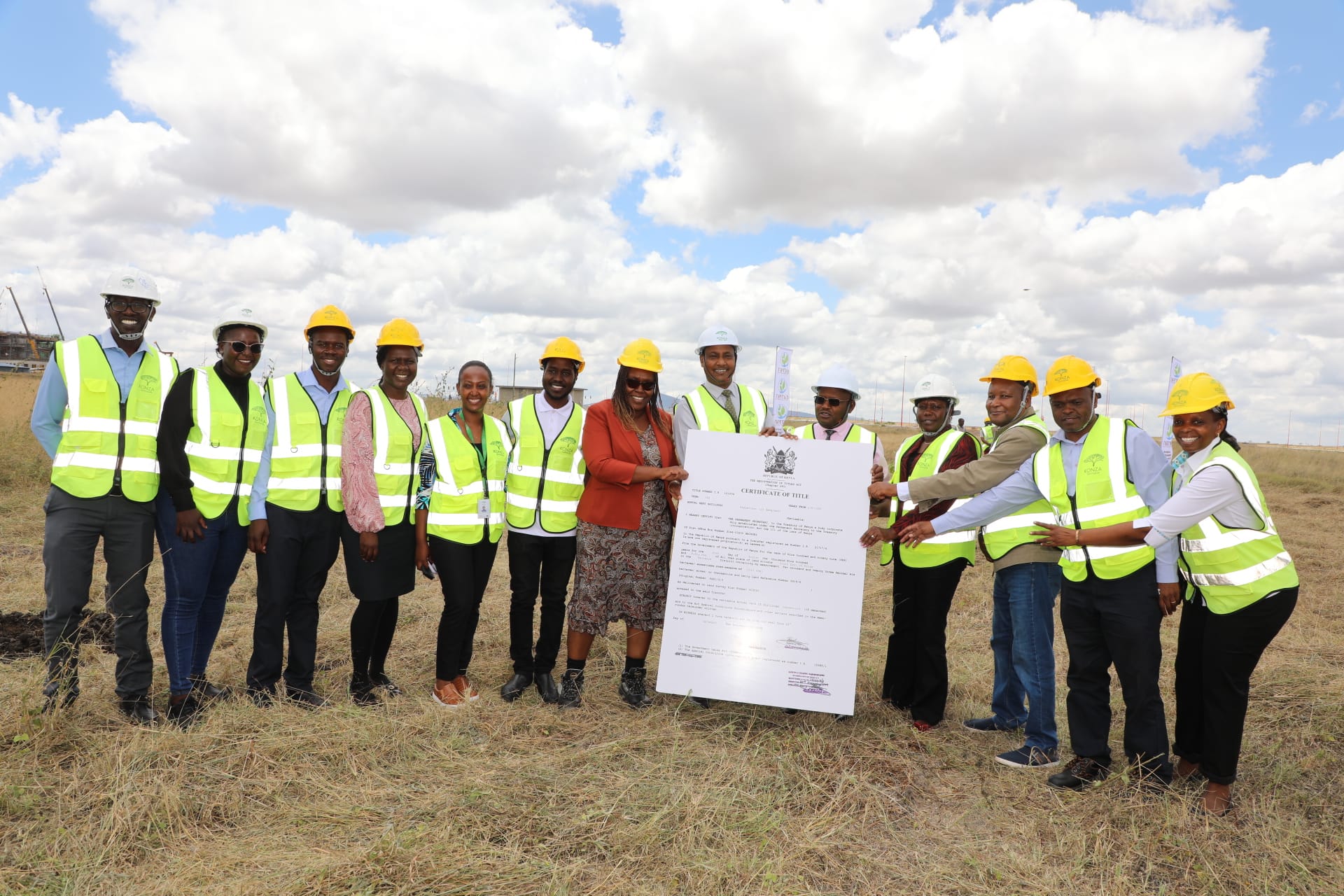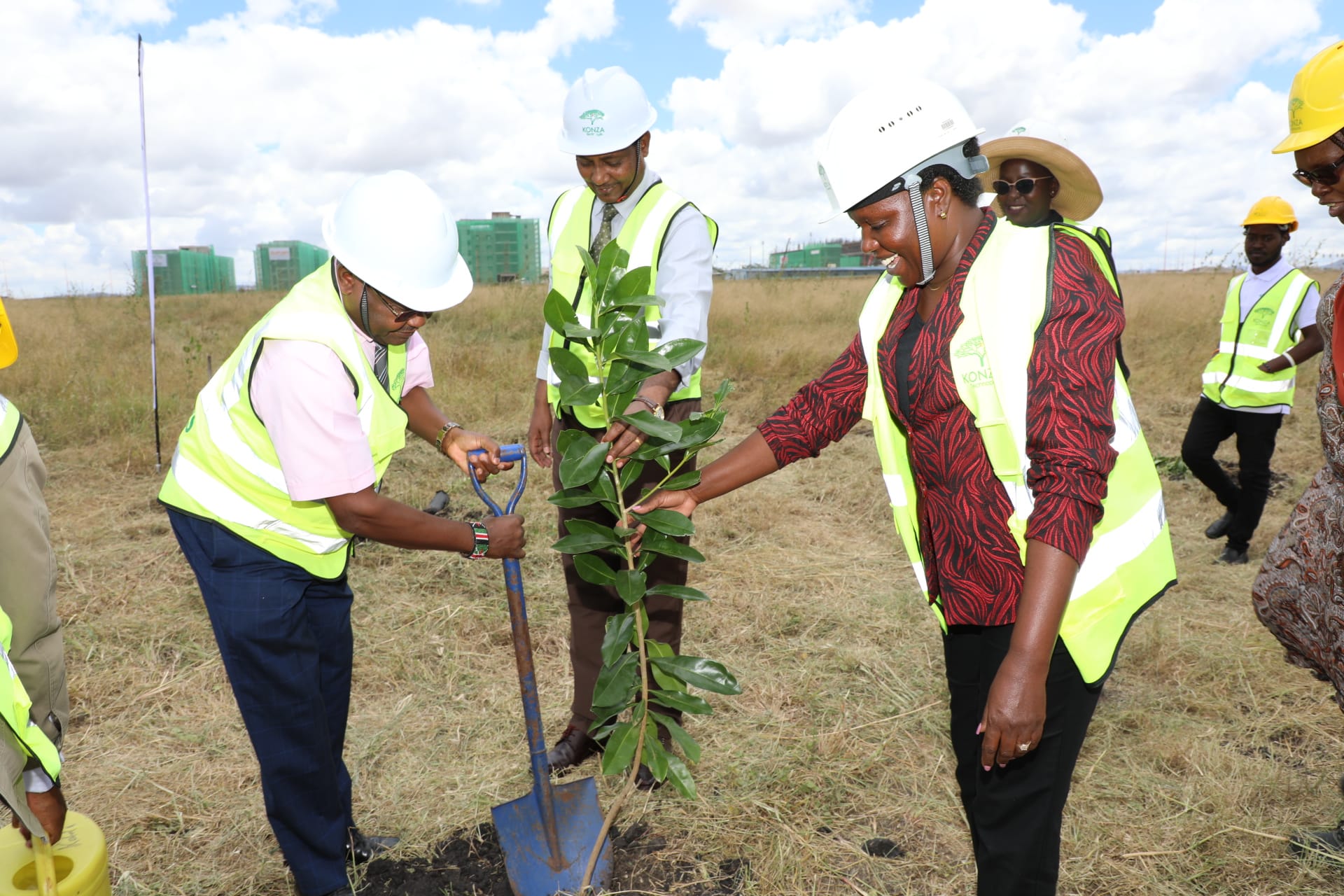Wetlands are known to perform crucial functions and provide vital products and services essential for environmental integrity and human well- being. Apart from being biodiversity hotspots, the wetland resources are equally crucial for income generation and a source of livelihood and well-being of the communities.
Embu County depicts distinct areas with different agro-climatic and natural characteristics. The County is served by six major rivers which are Thuci, Tana, Kii, Rupingazi, Thiba and Ena. There are also some major dams which generate hydroelectric power for the country that are partly in the county. These include Masinga, Kiambere, Kindaruma and Gitaru dams which are situated along the Tana River. The rivers traverse several swamps where farmers derive their livelihoods through farming activities.
Agriculture is the mainstay of the county and livelihood of the people. The sector employs 70.1% of the population and 87.9% of the households are engaged in different forms of agricultural activities.
However, Agriculture has also been documented as the main driver of wetlands loss globally. The county has a population of approximately 516,212 with a growth rate of 14% per annum. The growing population compounded with impacts of climate change has resulted to deterioration and overexploitation of natural resources in the county.
Consequently, NEMA in collaboration with county Government of Embu, supported by EU-FAO DLGP has initiated a program to reclaim and restore these very critical and sensitive ecosystems.
On 14th May 2024, a team from NEMA led by Board Chairman, Emilo Mugo, Director General, Mamo B. Mamo, EBS and staff paid a courtesy call to the Embu Governor Her Excellency, Hon. Cecily Mbarire to brief her on the planned wetlands restoration activities as well as World Environment Day 2024 national celebrations which will be held in Embu County-University of Embu.
During the visit, various wetlands were identified for restoration (Kiambuthu, Ngirimarie, Kariuri 1 &2, Gatituri springs wetland and Ega Nungu,) activities such as fencing and planting of bamboo on riparian reserve were planned.
Kiambuthu wetland will be restored during the World Environment Day celebrations through tree growing. This is an urban wetland located adjacent to a settlement area. Fencing of the site is priority to promote natural regeneration and eventually developed into a green space that can be used by the local communities for leisure.
By Caroline Muriuki



On the shores of Lake Narasha, nestled within the landscapes of Uasin Gishu and Baringo County, a significant gathering unfolded on World Wetlands Day. It was a day to honour and celebrate the invaluable ecosystems that wetlands provide and to reaffirm commitment to their restoration and conservation.
Leading the ceremony was Cabinet Secretary Ministry of Environment, Climate Change and Forestry, Hon. Soipan Tuya, embodying the government's dedication to environmental preservation. Alongside her stood Environment and Climate Change PS Eng. Festus Ng'eno, a strong advocate for sustainable development. The event, organised by NEMA and supported by Uasin Gishu County leadership led by Governor Dr. Jonathan Bii and Senator Jackson Mandago, drew a distinguished assembly of government leaders and other private stakeholders.
Among them were Hon. Julius Rutto, the esteemed MP of Kesses Constituency, and Hon. Musa Sirma, representing the neighbouring Eldama Ravine Constituency. The presence of members from the National Assembly Committee on Environment, Forestry, and Mining underscored the national significance of the occasion.
As the ceremony began, CS Hon. Soipan Tuya, flanked by Governor Bii, officially commissioned the fencing of Lake Narasha/Timboroa Dam. This critical step was pivotal in protecting the wetland from encroachment and littering, ensuring its natural regeneration and enhancing its benefits for surrounding communities.
The CS stated that NEMA's effort to conserve wetlands is giving very promising results. She gave examples of two wetlands that have regenerated in Chalbi after NEMA’s intervention to fence including Toniqo and Horri Ghuda as well as Kalacha. Fencing is critical as it protects the wetlands from human and animal encroachment.
In his poignant address, NEMA Director General, Mamo B. Mamo, EBS underscored the importance of wetlands, highlighting the conservation efforts undertaken across the country. The strategic restoration initiatives, guided by comprehensive policy frameworks, aimed to safeguard these vital ecosystems and raise awareness among communities.
"NEMA has mapped out 10,000 wetlands countrywide -the conservation of these wetlands has been guided by various wetlands restoration policy frameworks developed by the Authority and stakeholders. Moreover, the Wetlands and ecosystem restoration strategy seeks to protect the wetlands through fencing them and creation of awareness to help Communities protect wetlands," NEMA DG stated.
The DG informed the gathering that NEMA has developed robust environmental framework to manage wetlands including; wetlands regulations, Wetlands management plans, National Marine Litter Action Plan among others.
Echoing these sentiments, NEMA Chairman Emilio Mugo emphasised the transformative impact of wetlands and ecosystem restoration efforts. The commitment of NEMA to implement restoration strategies nationwide resonated strongly, emphasising community involvement as integral to success. The chairman added that rehabilitation of wetlands is a great achievement for NEMA. He noted that landscapes and ecosystem restoration efforts has impacted the environment countrywide. As the NEMA board, we will implement the wetlands and ecosystems restoration strategy countrywide by encouraging Communities to adopt a wetland near them
PS Festus Ngeno emphasised the importance of informed decision-making regarding land use changes, stressing the need to consider the diverse benefits and values that wetlands offer to both people and biodiversity. He advocated for prioritising the protection of naturally functioning wetlands in decision-making processes.
Senator Mandago extended a cordial invitation to CS Hon. Soipan Tuya, urging her to visit his county. Expressing his appreciation for the government's efforts in environmental conservation, he sought to enhance their collaboration by inviting the CS to witness first-hand the initiatives underway in his jurisdiction. Additionally, Senator Mandago requested bamboo seedlings from the CS to grow, supporting the President's initiative to further increase tree cover in Kenya, demonstrating his commitment to sustainable land management practices and biodiversity conservation in his county.
CS Tuya, CS Environment, emphasised the pivotal role of wetlands within the framework of the 10-year National Landscapes and Ecosystems Restoration Strategy, a cornerstone of the Government's ambitious 15 billion National Tree Growing Programme. She underscored the government's commitment to prioritising the restoration of wetlands due to their significant ecological benefits, which serve as vital sources of livelihoods for communities and catalysts for Kenya's socioeconomic advancement.
Under the banner of "Wetlands and Human Wellbeing," the theme emphasised the symbiotic relationship between healthy wetlands and thriving communities. As the fencing rose, it symbolised not just a physical barrier but a commitment to safeguarding nature's treasures for generations to come.
World Wetlands Day is an international celebration held every 2nd February to raise global awareness about the vital role of wetlands for people and planet.
By J. Wango & S. Irungu
The Clean Development Mechanism is coming to an end on 31st December, 2023
Kenya has several CDM projects and programs. Those who implemented these projects may chose to move to the new carbon markets under Article 6.4 of the Paris Agreement. However one must apply to transition from CDM to 6.4.
The Parties to the ? Paris Agreement have agreed on a process for CDM activities to request transition to the new UNFCCC carbon market mechanism, established in Article 6.4 of the Paris Agreement. All CDM activities with a crediting period active as of January 2021 are theoretically eligible, even though a successful transition will require the approval of both the host country, as well as the A6.4 Supervisory Body (A6.4SB).
Yet, the project participants running CDM activities can only request the transition until 31 DECEMBER 2023 at the latest. This is a hard deadline, and once that window closes,** no CDM activities will be able to transition to the new mechanism anymore.** Detailed information on the transition to the Article 6.4 mechanism is contained in the A6.4SB Standard and Procedure (the procedure also contains a very simple 2-page form for the transition request in Appendix 1 à just follow the link!). Any inquiries can be directed to UNFCCC Secretariat This email address is being protected from spambots. You need JavaScript enabled to view it..
While all eligible CDM project participants should have received an email from the UNFCCC secretariat with specific instructions to request the transition, some CDM documents may contain outdated contact information. As the deadline is now ⏰approaching quickly, it will be important for host countries and other stakeholders to raise awareness for the opportunity to transition, in particular for those CDM activities that make important contributions to national climate targets. ?
We encourage in particular CDM activities in countries that have historically struggled to access the CDM to ensure that registered activities don’t miss the chance to join the new UNFCCC mechanism!
For more information please visit➡️ https://lnkd.in/eMEAD4Gh
For more information please visit: https://unfccc.int/process-and-meetings/the-paris-agreement/article-64-mechanism/transition-of-cdm-activities-to-article-64-mechanism
#CDMTransition #CarbonMarkets #Article6
 Popo Road,South C, off Mombasa Road
Popo Road,South C, off Mombasa Road
 P.O.BOX 67839-00200, Nairobi. Kenya
P.O.BOX 67839-00200, Nairobi. Kenya
 Mobile: 0724 253398, 0735 013046.
Mobile: 0724 253398, 0735 013046.
 Email: info@nema.go.ke
Email: info@nema.go.ke